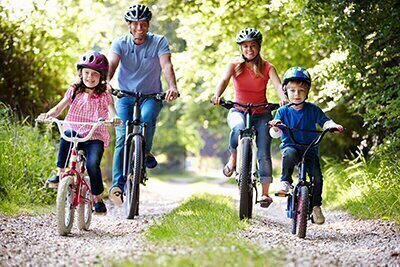Bikes aren’t just for weekend rides and recreation anymore. Dedicated bicycle lanes, two-wheel-friendly public transit, and a push toward greener lifestyles mean residents are increasingly likely to pedal to work or to run errands.
But with so many choices—road, hybrid, mountain—it’s hard to know how to get rolling. A good bike shop can help you choose the right ride.
Unlike most retail businesses, prices for new bicycles change little from store to store, and you won’t find big savings by buying online. Because bike manufacturers maintain strict pricing controls over retailers, our undercover shoppers found that even a $25 difference for major name brands is rare.
Especially since there’s no price advantage to buying bikes online, we strongly recommend purchasing from a local shop for the expertise of their salespeople and mechanics for fitting and adjustments. Because major manufacturers don’t allow online-only stores to sell bikes, even if you do buy online you’ll just end up getting redirected to a local store for purchase and assembly. (For example, if you select and buy a bike on Trek’s website, your sale will be finalized by one of its local dealers.)
Always try before you buy a bike. Test several models at several price ranges—you may find a great ride for less than you expected. Even experienced riders need to get some perspective on the current market, which offers much better bikes than were available at similar prices just a few years ago.
If you already own a bicycle, we’ve also got info on getting repairs to get you on the road (or trail) again.



